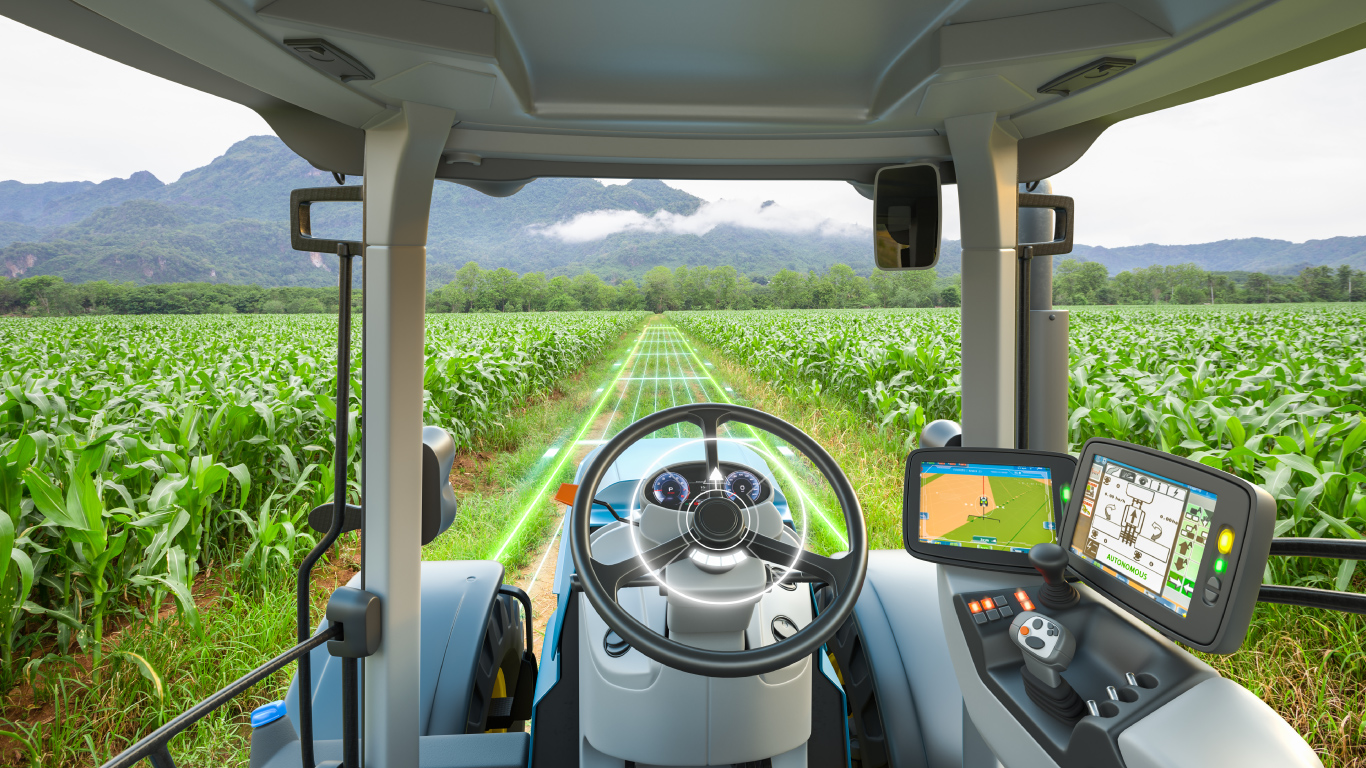
The Prairie provinces continue to power Canada’s agricultural output. According to the 2021 Census of Agriculture, Manitoba, Saskatchewan, and Alberta combined to make up over 51.2 million hectares of farm area, or over four-fifths (82.3%) of the 62.2 million hectares of total farm area nationwide.
Recently-released data from the Farm Management Survey tell us that there continue to be high rates of Global Positioning System (GPS) technology usage—especially in the Prairies, where over 9 in 10 field crop farms in Manitoba (94%) and Saskatchewan (92%), and 9 in 10 (90%) Alberta farms used it in 2021. Nationwide, this rate was 84% of field crop farms, unchanged from 2017.
Close to 4 in 10 (39%) forage farms across the Prairies and more than 3 in 10 (32%) forage farms nationwide used GPS technology in 2021. Forage crops are those grown primarily for feed, such as hay or silage, but could be used for seed or occasional grazing. They do not have to be re-seeded every year.
Field crops are seeded every year, and are grown for grain, seed, forage feed (hay, silage or greenfeed), or grazing.
In 2021, nearly all farms producing field crops in Manitoba (99%), Saskatchewan (97%) and Alberta (96%) that used GPS equipment used it as a tracking or guidance system (such as auto-steer), slightly higher than the nationwide average of 92%.
Quebec leads GPS usage for increased efficiency
While field crop farms in the Prairie provinces led in overall GPS usage, those in Quebec led the way in using it to up efficiency levels in a few key areas.
From 2017 to 2021, there was a five-point increase to 37% of field crop-producing farms nationwide using GPS equipment that used it to generate yield maps from a combine yield monitor. Close to half (46%) of farms in Quebec using GPS did so, while farms in Manitoba (41%), Saskatchewan (38%) and Alberta (34%) all saw their rates go up by 8% each compared with 2017.
In 2021, GPS-equipped farms producing field crops using the technology to target or vary fertilizer application rates across a field increased their rates in Quebec compared with 2017 (from 25% to 27%). All other reporting provinces either held steady or declined, while the nationwide average decreased from 28% in 2017 to 23% in 2021.
In 2021, 3 in 10 farms in Manitoba (31%) and Quebec (29%) producing field crops and using GPS used it to design improved drainage of land. This was more than double the nationwide average (13%).
Slight overall decline in farms not using GPS
Nationwide, 15% of farms producing field crops did not use GPS equipment in 2021, a one-point improvement from 2017. Though 3% higher than 2017, over one-third of Quebec farms (37%) did not use GPS equipment in 2021, leading all provinces. Over one-fifth (21%) of Ontario farms did not use GPS in 2021.
Over two-thirds (67%) of farms nationwide producing forage crops in both 2017 and 2021 did not use GPS equipment.
More technology, less staff
Whether it was GPS or another type, technology helped to address staffing on farms.
When surveyed in 2021 on management of staff requirements, one in five (20%) Canadian farms producing field crops adopted improved technology with lower staff requirements. Among provinces, this practice was highest in Quebec, at nearly 3 in 10 (29%) farms, and lowest among Ontario’s farms (16%).
This staffing practice was adopted by nearly 1 in 10 (9%) forage-producing farms nationwide in 2021, highest in Quebec (20%) and lowest in Saskatchewan (5%) and British Columbia (5%).
StatsCAN app
Did you know you can read StatsCAN Plus articles and more on the StatsCAN app? If you’re already using the app, let us know what you think by leaving a review in the Apple App Store and Google Play.
Contact information
For more information, contact the Statistical Information Service (toll-free 1-800-263-1136; 514-283-8300; infostats@statcan.gc.ca) or Media Relations (statcan.mediahotline-ligneinfomedias.statcan@statcan.gc.ca).
